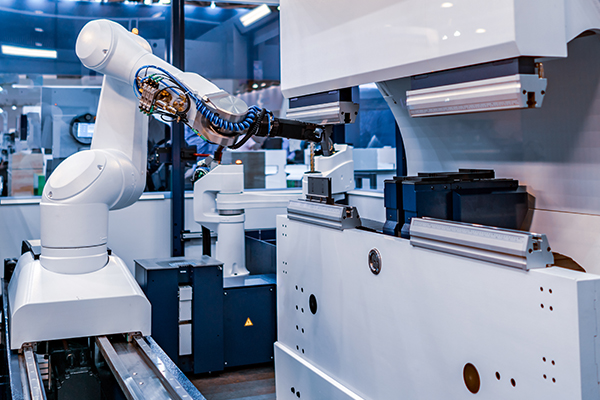Pneumatic silencers are indispensable noise reduction components in industrial pneumatic systems. They are designed to regulate the energy release and sound wave propagation during the discharge of compressed gas. The core mechanism is to achieve orderly dissipation of gas kinetic energy through a multi-stage damping structure, and to weaken high-frequency vibrations by combining the principle of acoustic impedance matching. The interior of the silencer usually adopts a sintered metal matrix or a composite sound absorption structure. Under the premise of maintaining the back pressure balance of the system, the microporous characteristics of the material are used to divide the airflow and increase the sound wave reflection path, thereby achieving the attenuation of broadband noise.
According to the differences in application scenarios, such devices have evolved into topological configurations such as expansion interference type, absorption type and impedance composite type, which can adapt to the exhaust characteristics of various valves, cylinders or power units. The selection of shell materials takes into account both mechanical strength and environmental tolerance. Common ones include corrosion-resistant stainless steel, high thermal conductivity copper alloy and engineering polymers to ensure long-term stability under high temperature, high humidity or chemical corrosion conditions.


